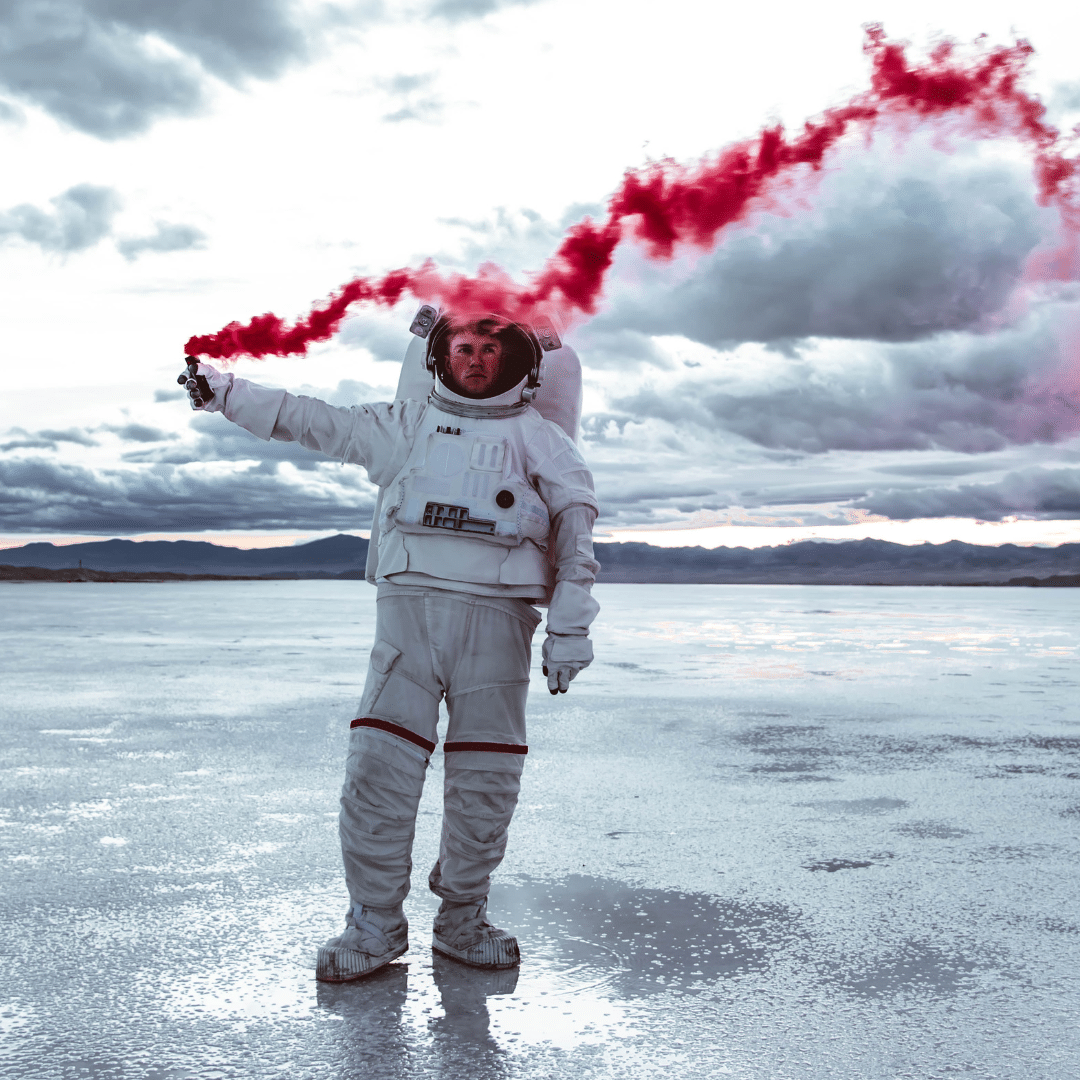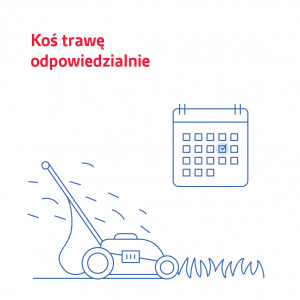Garbage in space
On January 22, 1997, American Lottie Williams was walking at night in a park in the city of Tulsa, Oklahoma. At one point, she noticed a luminous streak in the sky. A thought popped into her head that it was a meteor. A few minutes later, a metallic shard – measuring about 15 centimeters – struck Williams in the shoulder. As it was later determined, it was probably a fragment of a Delta II spacecraft that had crossed the Earth’s atmosphere a few dozen minutes earlier. Thus, an American woman became the first person in the world to be hit by space debris.
What is space debris(in English)?
The term includes both natural space „waste” in the form of meteoroids and artificial ones, i.e. those created by human activity. The category of man-made space junk includes any object that has ceased to perform its original function and is orbiting the Earth (as opposed to meteoroids, which orbit the Sun). These may include debris from exploding rockets or satellites, defunct spacecraft or their fragments, or launchers carrying spacecraft into orbit.
Threat to spacecraft
Space junk poses a threat to spacecraft that go on missions. In the event of a collision with these objects, the consequences can be catastrophic. According to the findings of the Space Surveillance Network (SSN), a network of sensors designed to detect and observe objects orbiting the Earth, there are about 27,000 pieces of space junk orbiting the Earth. However, the sensors are not able to detect all waste, mainly due to their small size. This means that there is much more such garbage. NASA’s findings put the waste at 500,000, which is about 1 centimeter in size. For objects 1 millimeter in size – we are talking about up to 100 million space junk. It would seem that objects of this size pose no threat. Nothing could be further from the truth! At the speeds reached in space, any – even the smallest – debris can be dangerous to spacecraft.
How to get rid of space junk?
Consequently, it became necessary to develop preventive measures. In 2002, the Intergovernmental Commission on Space Debris (IADC) determined that debris orbiting in low Earth orbit (LEO) should be deorbited within 25 years of a completed mission. The process involves moving a given object from orbit into the dense layers of the atmosphere, resulting in its combustion. On the other hand, waste orbiting in a higher geostationary orbit (GEO) should be discharged into what is known as a „geostationary orbit. graveyard orbit, in which objects considered to be space junk are orbiting. The appropriate remoteness of this orbit minimizes the risk of collisions with objects such as spacecraft.
Threat to humans
However, not all waste can be transferred to graveyard orbit or deorbit. The vast majority of these objects will orbit and threaten spacecraft in increasing numbers and frequency in space. The case of Ms. Williams, mentioned at the beginning of the text, proves that space debris can also pose a potential threat to those on the blue planet. Although so far there have been no reported cases of deaths caused by waste falling to Earth, that doesn’t mean we don’t have reason to worry. Space junk regularly falls to Earth, and it’s rather a matter of luck that it has so far fallen on areas uninhabited by humans. And yet there will be more and more of this type of waste. Extraterrestrial missions are taking place with increasing frequency, and we are only at the threshold of the commercialization of space, that is, opening it up to mass exploration by private investors.
So we need new ways to deal with space junk. One of the organizations that deals with this issue is the European Space Agency (ESA) . The ESA is seeking to develop new ways to dispose of space debris, as well as modern technologies to warn spacecraft of potential collisions. The future will tell whether these measures will actually be effective.
Bibliography:
https://www.nasa.gov/mission_pages/station/news/orbital_debris.html
https://blogs.esa.int/space19plus/pl/programmes/kosmiczne-smieci/
#uw #science #cwiduw #seekingknowledge #CWiDUW #wkosmos #scienceislocal #ExpertsUW.





